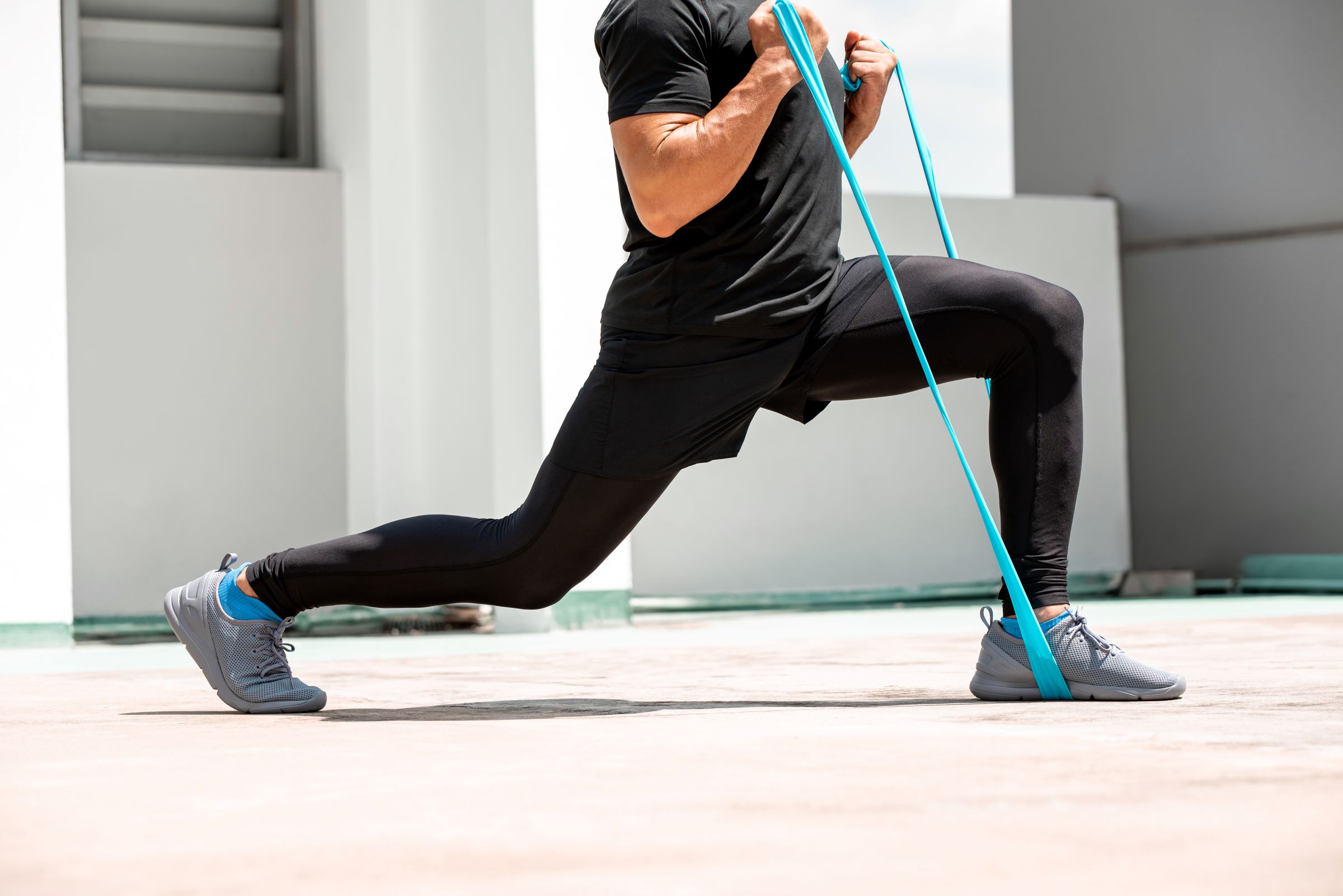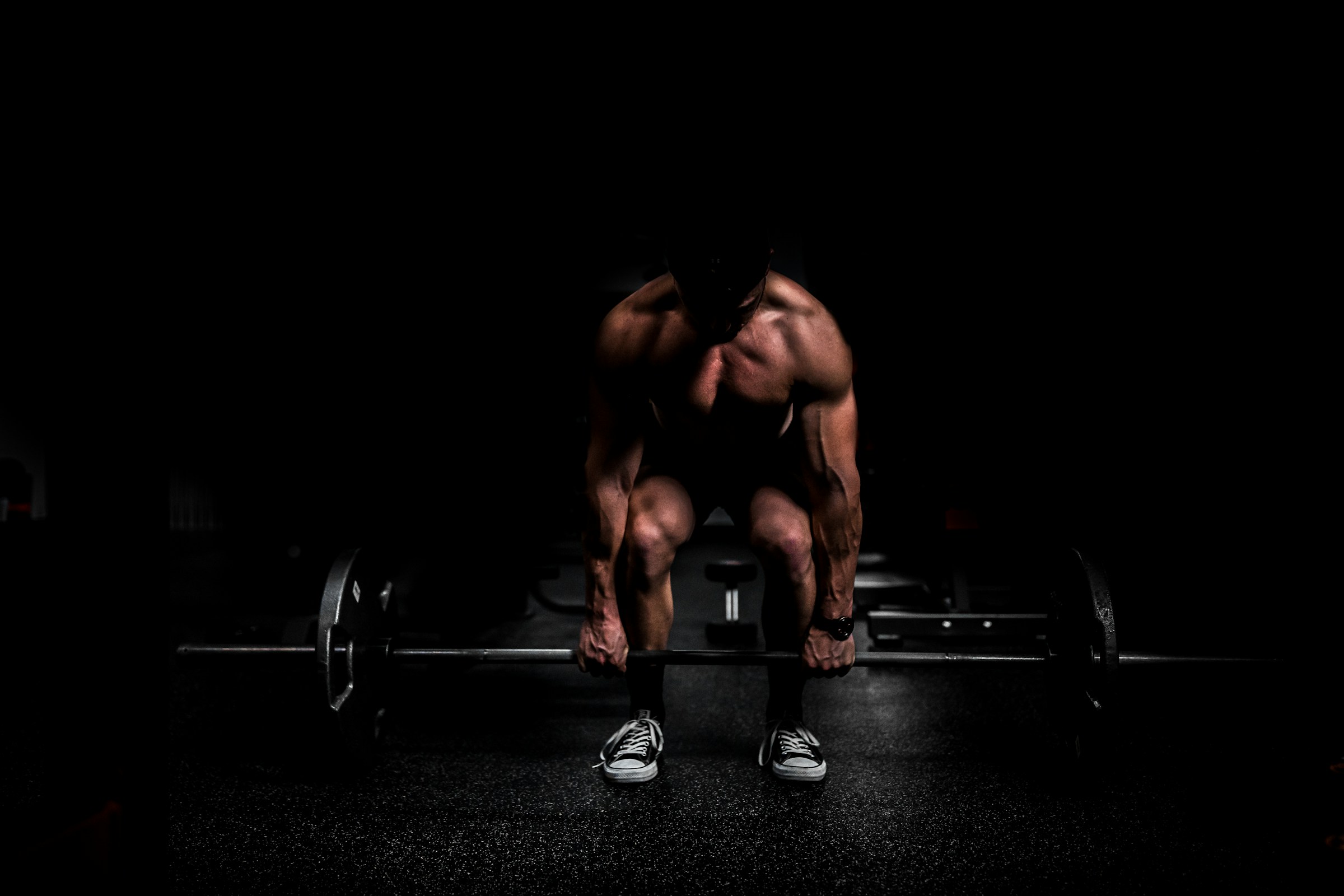Research revealed that lower body strength training can reduce your risk of injury and your chances of developing osteoporosis. Your legs carry you around all day, every day, so it’s important to boost the power of your leg muscles as well as other muscles that support your lower body, like your glutes and lower back. Certain exercises effectively target these muscles. Here’s your ultimate guide to lower-body workouts.
What muscles are targeted during lower body workouts?

Lower body workouts engage the muscles in your lower body below your waist, including your:
- Glutes
- Calves
- Hamstrings
- Quadriceps
Your lower body workouts might also work your lower back and core as well as the muscles and tendons in your toes and feet.
How often should you train your lower body?

One to three times per week is usually sufficient to train your lower body muscles. The right frequency for you depends on your fitness level, goals, and other factors. If you’re a beginner or just trying to maintain your current strength, once a week will do. When you want to level up your strength, you can increase the frequency to two or three days per week.
What are the benefits of lower-body workouts?

Exercising your lower body delivers a range of benefits. Not only will you have more muscular-looking legs, but stronger leg muscles improve your ability to climb stairs, walk, run, and more.
Here are some of the many benefits of lower-body workouts:
- Lower your risk of injury and osteoporosis
- Run faster
- Better bone health and metabolism
- Better core stability, mobility, and posture
Studies show that strength training in your lower and upper body improves your heart health and blood circulation.
The best warm-ups for lower-body workouts

It’s important to warm-up for at least five to ten minutes before your workouts to start increasing your blood flow and heart rate and deliver more oxygen to your muscles. You’ll also start increasing your body temperature and creating warmer muscles that contract more easily. Warming up lowers your risk of strains and injury and gets you more physically and mentally prepared for exercise.
Here are some of the best warm-ups for lower-body workouts.
High knees

As the name suggests, high knees involve lifting your knees up high toward your chest. High knees work your core, hip flexors, glutes, quads, hamstrings, and calves.
- Stand with your feet about hip-width apart.
- Lift one knee up as high as you can while raising your opposite arm.
- Now, lift your other knee and your opposite arm at a fast pace.
- Repeat the movement to get your heart rate up.
Jumping jacks

You’ve probably been doing jumping jacks since you were a kid. This simple movement gets your heart pumping and works your hip flexors, glutes, quads, hamstrings, calves, shoulders, and abs.
- Stand with your arms down by your sides and your feet about shoulder-width apart.
- Jump up and kick your legs out to the side while simultaneously raising your arms out and up toward your head.
- Jump to the starting position.
- Repeat for your desired number of repetitions.
Forward bend

You can perform a forward bend while sitting on the floor or standing up. The idea is to bend forward and round your spine, hinging at your hips. A forward bend or forward fold targets several muscles, including your hamstrings, glutes, hip flexors, calves, and your piriformis muscles that run from your lower spine to the top of your thighs.
- Start by sitting on a mat on the floor.
- Hinge forward at the hips and pull your chest forward.
- You will feel the stretch as you try to touch your toes and shift your weight forward as much as you can.
- Hold the position for a moment.
- Bring your spine back to the starting position.
Lunge with hip opener

A lunge with hip opener is an excellent warm-up movement for your lower body that engages your core, glutes, hip flexors, hamstrings, quads, and calves.
- Stand with your feet about hips-distance apart.
- Step one foot in front of you and bend your front knee to about 90 degrees.
- Start lowering your back knee down to the ground. Try to keep your weight more on your front foot.
- Hold your balance and keep your foot in place while opening your front knee slightly out to the side.
- Repeat the movement on the other side.
The best lower-body strength training exercises

Your lower body workouts should hit all of your primary lower body muscles, including your glutes, hamstrings, quads, and calves. Give yourself plenty of time to rest and recover after each lower body session.
It’s optimal to rotate your lower body or leg days with upper body strength training or full-body workouts.
Bulgarian split squat

Bulgarian split squats are different from traditional squats because your legs are in the lunge position with your rear foot elevated. This allows you to reach a greater depth and improve your hip flexibility. Bulgarian split squats primarily work your quadriceps, glutes, calves, hamstrings, adductors, and core.
- Start by standing in front of a step, chair, or bench facing away from the step with your feet about hips-distance apart. You should be about two feet away from the step.
- Lift your right leg and place the top of your right foot on the step.
- Try to make sure your feet are still about hips-width apart and engage your core.
- Bend your left knee and lower yourself as if moving down into the lunge position.
- Pause for a moment at the bottom of the movement.
- Drive back up to your starting position with control.
- Repeat for your desired number of repetitions before switching to the other leg.
Deadlift

Most people are familiar with the deadlift — a classic, compound weightlifting exercise. The deadlift involves lifting the bar up close to your body and lowering it back down to the ground. Deadlifts work all of the main muscles in your legs, knees, ankles, hips, back, shoulders, and wrists.
- Stand with your feet about hips-distance apart and with the bar over the middle of your feet.
- Lean forward and grip the bar with an overhand grip.
- Try to make sure your shoulders are pulled back and your arms are straight.
- Brace your core and lift the bar.
- Pull the bar up close to your body until you’re standing straight.
- Carefully lower the bar down to the ground.
- Repeat for your desired number of reps.
Lunge

A lunge gets your hips moving and engages your glutes and quads. You can also try a weighted lunge where you hold two dumbbells to up the challenge. Another option is holding a resistance band under your foot and wrapping it tightly around your hands.
- Stand with your feet about hip-distance apart.
- Step one foot in front of you and bend your front knee to about 90 degrees.
- Start lowering your back knee down to the ground. Try to keep your weight more on your front foot.
- Hold your balance and keep your foot in place while opening your front knee slightly out to the side.
- Repeat the movement on the other side.
Glute bridge

True to its name, the glute bridge works the gluteus muscles in your buttocks along with your hamstrings, hip abductors, obliques, rectus abdominis, and quadriceps. Glute bridges also work your erector spinae — a set of muscles that runs along the length of your back from your neck to your tailbone.
- Lay on your back on the floor with your feet flat on the floor and your knees bent. Your feet should be about hip-distance apart, and your arms should be by your sides, with your palms facing up.
- Engage your core, squeeze your glutes, push through your heels, and lift your hips up high to the ceiling.
- Try not to arch your back. Continue to lift up until your body forms a straight line from your head to your knees.
- Hold the position for a moment before slowly lowering your hips back down to the ground to the starting position.
- Repeat for your desired number of repetitions.
Weighted step-up

The weighted step-up involves holding weights while stepping up onto a box. It’s a simple exercise to grow your leg muscles and boost your jumping power.
- Stand facing a sturdy box, holding a weight in each hand with your arms down by your side.
- Step onto the box with your right foot, which is the starting position.
- Bring your left foot up next to your right so you’re standing up on the box.
- Bring your left foot back down to the starting position.
- Repeat for your desired number of reps before alternating and working your other leg.
Kettlebell swing

The kettlebell swing works your upper body, lower body, and your core as you swing the kettlebell in a ‘pendulum’ motion. This classic exercise works multiple muscle groups simultaneously, including your glutes, arms, back muscles like your trapezius, hamstrings, quads, calves, and shoulders.
- Stand with your feet about shoulders-distance apart while holding a kettlebell with both hands and your arms straight down. Your palms should be facing toward you.
- Bend your knees and engage your core.
- Carefully swing the kettlebell back and down between your legs to start to build momentum.
- Push your hips forward so your body is in more of a standing position, and use this momentum to start swinging the kettlebell up to your chest level or higher.
- Repeat the movement for your desired number of repetitions.




